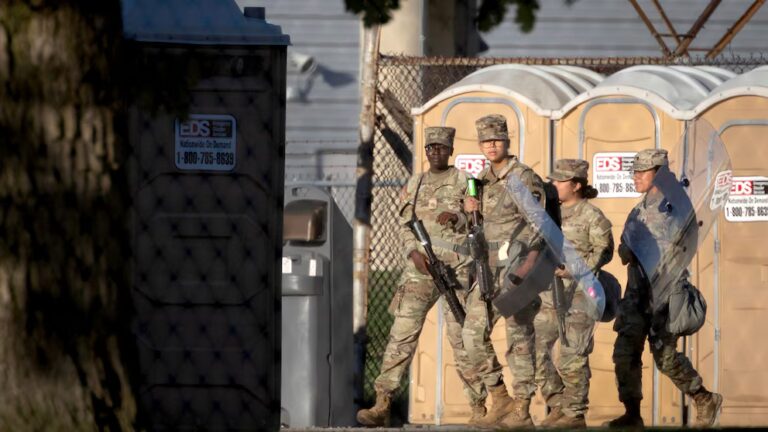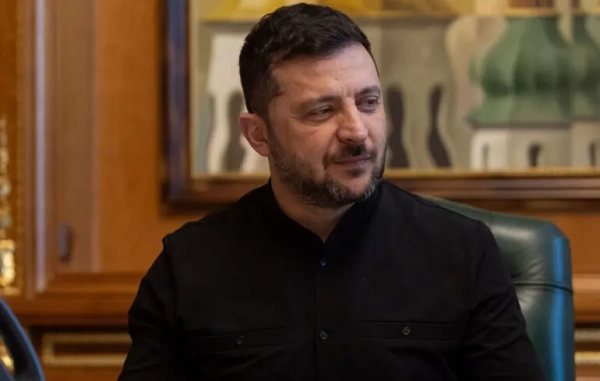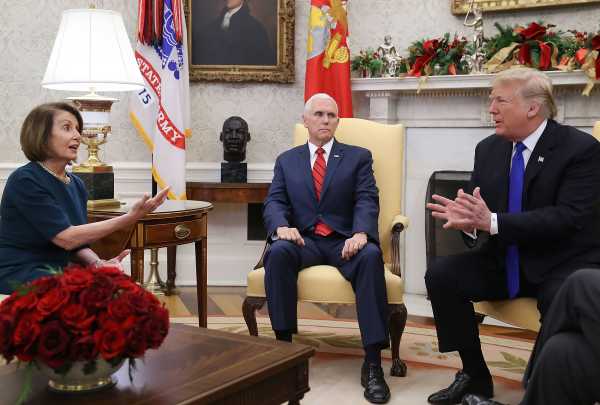
When House Speaker Nancy Pelosi said “no wall” — not now, not ever — she meant it.
But unlike President Donald Trump, who seems to change the name and definition of the border wall by the day, “the wall” means something very specific to Pelosi. It’s a symbol of Trump’s political ascension, one that was defined by a relentless race-baiting campaign that painted brown people as murderous criminals.
When Pelosi says Democrats will never vote for “the wall,” she is not saying that Democrats will forever oppose funding physical barriers on the southern border. After all, between 2007 and 2015, Customs and Border Protection spent $2.3 billion building and maintaining 654 miles of physical barriers on the southern border, which Democrats supported, and Democrats have voted for funding as recently as 2018. As one top Democratic aide said, they would support physical barriers again, if it “makes sense.”
Join the Vox Video Lab
Go behind the scenes. Chat with creators. Support Vox video. Become a member of the Vox Video Lab today.
What Pelosi is saying is that Trump doesn’t get to shut down the government as a way to fulfill a campaign promise — especially one that carries the baggage of his anti-immigration platform. That’s where Trump and Republicans misunderstand Pelosi and Democrats’ position on the government shutdown and border wall fight. On Friday, Trump told reporters that Democrats can call the wall whatever they like, as long as they give him the money to build it.
“This is where I ask the Democrats to come back to Washington and to vote for money for the wall, the barrier, whatever you want to call it is okay with me,” Trump said. “They can name it whatever they [want]. Name it ‘peaches.’”
But semantics are not the same as symbolism. As long as Trump’s “wall” — the campaign rallying cry — is the centerpiece of the White House’s border security demand, don’t expect Democrats to engage.
“No matter how you put lipstick on this pig, [the wall] is still a campaign promise that he has failed to deliver because he lied about it,” said Rep. Raúl Grijalva (D-AZ), who represents a border district.
For Democrats to vote for it, border security can’t be centered on physical barriers
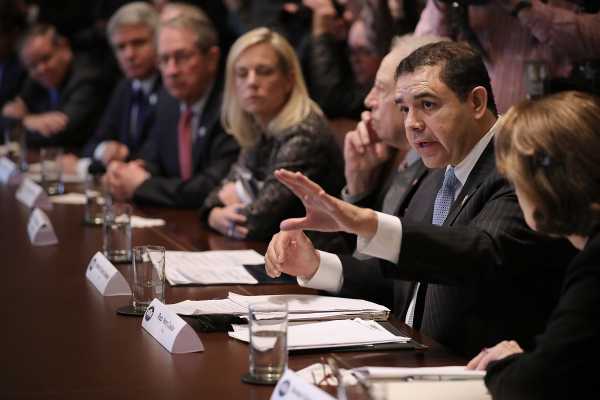
Rep. Henry Cuellar (D-TX), a more conservative Democrat from a border district, has some sketches of physical barriers that he said would also serve as a flood deterrent and community space on the Rio Grande river in Laredo, Texas. He says it’s the kind of compromise Trump should be talking about.
But Cuellar wants to be clear: He continues to be staunchly opposed to “the wall,” calling it a fundamental misunderstanding of the needs of the southern border. In fact, all nine lawmakers who represent the nation’s southern border in the House, including Republican Rep. Will Hurd, have opposed every iteration of Trump’s border wall.
Almost all of them have supported physical barriers on the border in some form. But they say that can’t be the centerpiece of the proposal.
“I don’t think we are talking about anything that can’t be resolved,” Grijalva said. “[But] if the principal item is the wall, then no.”
He continued, “We are talking about something comprehensive. We are not talking about some rhetorical issue of the wall. We are talking about ports of entry, we are talking about fully funding customs, we are talking about detentions.”
Of course, there are policy perspectives on border security within the Democratic conference that range from members of the Congressional Hispanic Caucus and the larger progressive contingent that would never vote for another mile of fencing on the border to moderate Democrats who are willing to negotiate with Republicans.
Some more moderate members are citing the Uniting and Securing America Act, a bipartisan piece of legislation that enshrined the Deferred Action for Childhood Arrivals program into law as well as instructed DHS to develop a “comprehensive southern border strategy to achieve border control,” build more ports of entry and increase the number of judges on the southern border.
Democrats want to see the cost-benefit analysis of a border wall. Customs and Border Protection hasn’t had measures in place to assess the contributions of fencing and barriers to overall border security, according to multiple reports from the Government Accountability Office. This was the case even dating back to 2005 when the bipartisan Secure Fence Act was passed.
“They really didn’t have a way to quantify or talk about how fencing was contributing to border security,” said Rebecca Gambler, the director of homeland security and justice issues at the GAO. The Department of Homeland Security and CBP have said they would come up with metrics and a cost analysis by September 30, 2019.
“I stick to the notion that the Homeland Security experts tell us that there are smarter investments to make,” Rep. Derek Kilmer (D-WA), who chairs the group of moderates known as the New Democrats, said. “Investments in technology, in sensor technology, drone technology — that can have far greater impact in terms of protecting national security. There’s a legitimate debate to be had on these homeland security issues.”
And if a DHS inquiry came back and said barriers were the most cost-effective way to protect the border, Rep. Scott Peters (D-CA), who represents the border district in San Diego, said there would be a strong contingent of Democrats who would be supportive.
“But that’s not what the president is talking about,” he said.
In other words, Democrats want the debate about border security to be holistic. But they are ambivalent about whether it’s possible to have that discussion while Trump is in the White House.
Democrats know that to Trump, a wall by any other name still smells as sweet

Trump has made “the wall” mean many things since entering office. On the 2016 campaign trail, it quite literally meant a 50-foot concrete wall along the 2,000-mile border. Over the past two years, the wall has become “see-through” and perhaps less contiguous (there are canyons and rivers, after all). In the past several months, Trump has called for “steel slats” or “concrete.” He doesn’t care what Democrats call the physical barrier. To Trump, it’s all a wall.
For Democrats, that’s the problem.
When Trump talks about physical barriers, he’s talking about a lot more than just the material that barrier is made of. Democrats are refusing to give Trump the political win.
“It’s a political gimmick, and we shouldn’t justify it,” said Rep. Peters. “The wall is more of a symbol instead of a structure. It is a symbol of racism. The message is still a racist dog whistle. It’s not a wall.”
Trump’s case for a border wall isn’t based in real data. Instead, he likes to remind people that he made a campaign promise to build a wall and make Mexico pay for it in 2016 and won.
Even when Trump tried to make a humanitarian appeal — citing the record number of children coming to the border and saying his plan includes an “urgent request for humanitarian assistance and medical support” — the wall he promised on the campaign trail was still the centerpiece of his proposal.
As Vox’s Dara Lind has written, a border wall isn’t a solution to the “humanitarian crisis” Trump is talking about. She writes:
“There’s a national obsession with ‘securing the border’ and that has only focused on barriers and looking for ways to pushing migrants out to more treacherous and deadly crossings,” said Rep. Veronica Escobar (D-TX), who represents the El Paso border region. “We have to look at this challenge in a broader way. We have to look at the root cause of migration.”
Trump has lied about immigration too much for Democrats to trust him
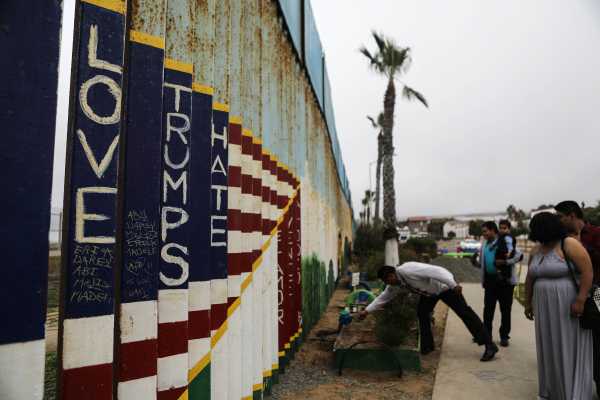
Trump lies about border security a lot. He paints a violent picture of murderers and criminals pouring over the nation’s border. He has called the situation on the southern border a “crisis” and implemented policy that has limited refugees, accelerated the deportation of nonviolent undocumented migrants, made it harder to seek asylum, and left more than 1,000 migrant children separated from their parents.
Trump has nixed every bipartisan immigration proposal for not being hardline enough. His solutions have been unable to pass Congress, even with only Republican support.
The reality on the border is very different, as Vox has written:
- Contrary to Trump’s depiction, states with more unauthorized immigrants have slightly less violent crime, not more. A similar methodology also suggests unauthorized immigration is associated with significant reductions in nonviolent crime.
- A study looking at metro areas and overall immigration, both legal and illegal, likewise found that immigration is associated with lower crime.
- Immigrants commit fewer crimes than native-born Americans, and unauthorized immigrants commit violent crimes at a lower rate than the native population.
- Trump’s claim that immigration is a strain on the economy that would make Americans poorer is contrary to what economists have shown — immigration seems to raise wages for native-born workers while lowering pay for other immigrants.
- While Trump’s administration keeps talking about the increase in border crossings between 2017 and 2018, in a historical context, border crossings have actually substantially decreased since the early 2000s.
These untruths are why Democrats don’t trust Trump on “the wall.” They refuse to give him political points as a reward for shutting down the government — especially when the policy is based in lies.
“Trump has poisoned a policy debate that Democrats have engaged with in the past,” Grijalva said.
Ella Nilsen contributed to this report.
Sourse: vox.com

